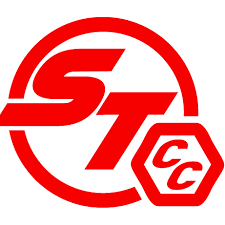1. What are Ceramic brake pads?
Ceramic brake systems in automotive applications do not generally use brake pads made in ceramic material. A ceramic brake pad is too harsh and produces excessive wear, so in fact brake pads used with ceramic brake discs are made from organic compounds similar to those used with traditional iron brake discs. However, as the frictional and thermal properties of iron and ceramic discs are significantly different it is important to use a brake pad compound that has been specifically developed for ceramic brake discs such as the Pagid RSC1. Some high performance brake pads, designed for extreme track use, such as the Pagid RS29 can be used with both iron and ceramic discs.
2. Why would you use Ceramic brake pads?
Although ceramic material is not generally used for automotive brake pads, they are used in other areas such as aircraft and rail where the relative harshness is suited to the applications.
Surface Transforms plc (LON:SCE) are experts in the development and production of carbon-ceramic materials and the UK’s only manufacturer of carbon-ceramic brakes for automotive use.


